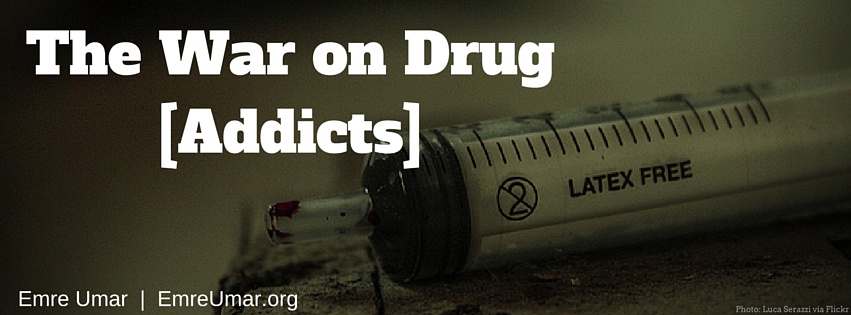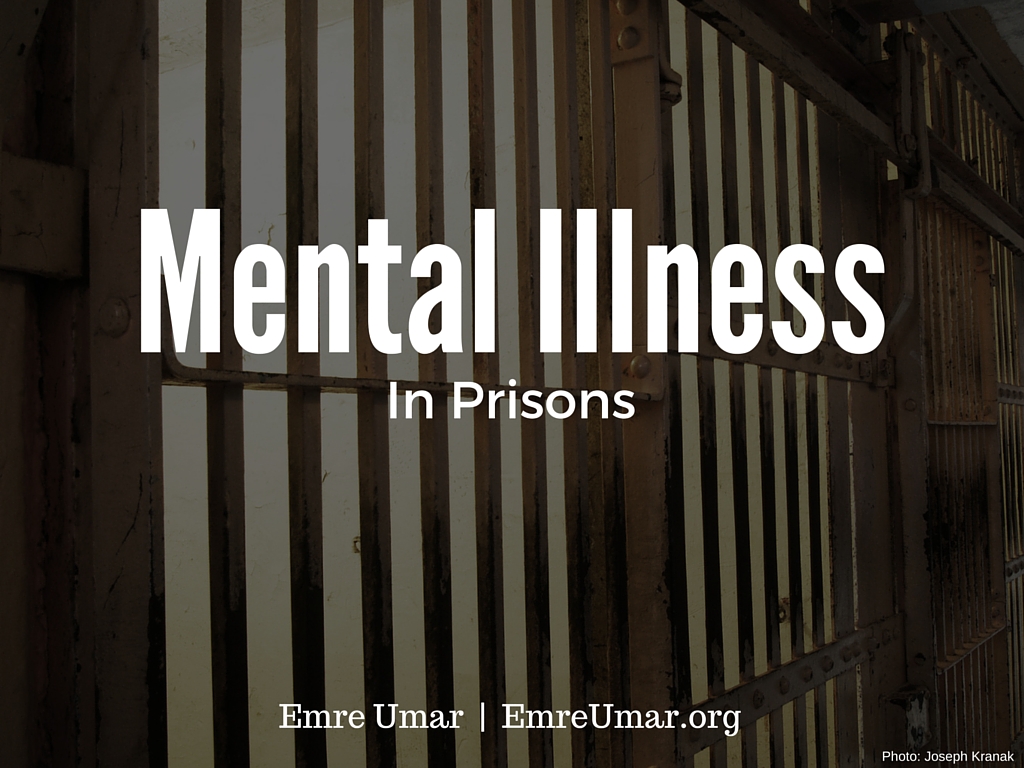In October of 2013, Netflix announced that its original program “Orange is the New Black” was a “tremendous success,” and that it would conclude the year as the most watched Netflix original series ever. As of February of this year, Orange is the New Black retained its title as the most watched Netflix original to date. Surely, the high viewership numbers are due in part to the overwhelmingly positive ratings that the series has enjoyed throughout its run. But there is also a piece of the puzzle that piques our interest in a different way–many of us want to know what life is really like inside of a prison.
Orange is the New Black is, ostensibly, based on a true story. Piper Chapman, the character portrayed by Taylor Schilling on the dramedy is based off of real-life money laundering suspect Piper Kerman, who was sentenced to 15 months in prison. The Netflix series uses Kerman’s story, documented in her memoir “Orange is the New Black: My Year in a Women’s Prison”
But how far beyond the similarities in the title and the main character’s name does Orange is the New Black really reflect what it’s like to be imprisoned?
Correctional Medical Care has written previously regarding the life of a prison inmate. Although the piece focused mainly on male prisoners, a pertinent point of the blog post pointed out one story in particular that outlined prison life as “bland and boring.” With this taken into consideration, one would assume that creators of a television series that aims to mirror real life would be forced to take certain liberties in order to craft a show that wasn’t both boring and bland.
That’s why what you’ll see on a show like Orange is the New Black is a mix of fairly accurate happenings with some that are as off-the-wall as you may expect from a comedy show.
Some of what the show gets wrong is fairly obvious, even to someone who has never been in a prison. Piper, the main character, ultimately finds herself sharing a prison with Alex, the same girl that testified against her in court, ultimately leading to her being imprisoned. This would create obvious conflict between the two, and except in very, very exceptional circumstances, would be avoided in real prison.
One fact that the television show points out, but perhaps touches on less than a real life prison situation would, is the racial divide. In an interview with NPR, Kerman claimed that the racial barriers within the prison were very real, at the very least until prisoners had been incarcerated for an extended period.
Another unfortunate aspect of women’s prisons are the abuse and neglect that they suffer, something that isn’t as directly dealt with in the show. The Guardian has reported various human-rights violations, including withholding menstrual pads and systematic physical, verbal and emotional abuse wrought throughout prisons. While these are obviously not universal truths–and I would very much hope they’d be as few and far between as possible–abuse in women’s prisons is far too common to be ignored or glossed over. If you’re looking for a picture of some of what a women’s prison is like, consider reading the Cracked article written by someone whose situation closely mirrors that of Kerman (or Chapman).
Television shows, simply put, cannot always mirror real life scenarios. For various reasons, the same can be said even more firmly about shows like Orange is the New Black. While the hit Netflix dramedy does key in on some aspects of prison life accurately, the obvious liberties taken (for good reason) do tend to shy away from real prison life.



